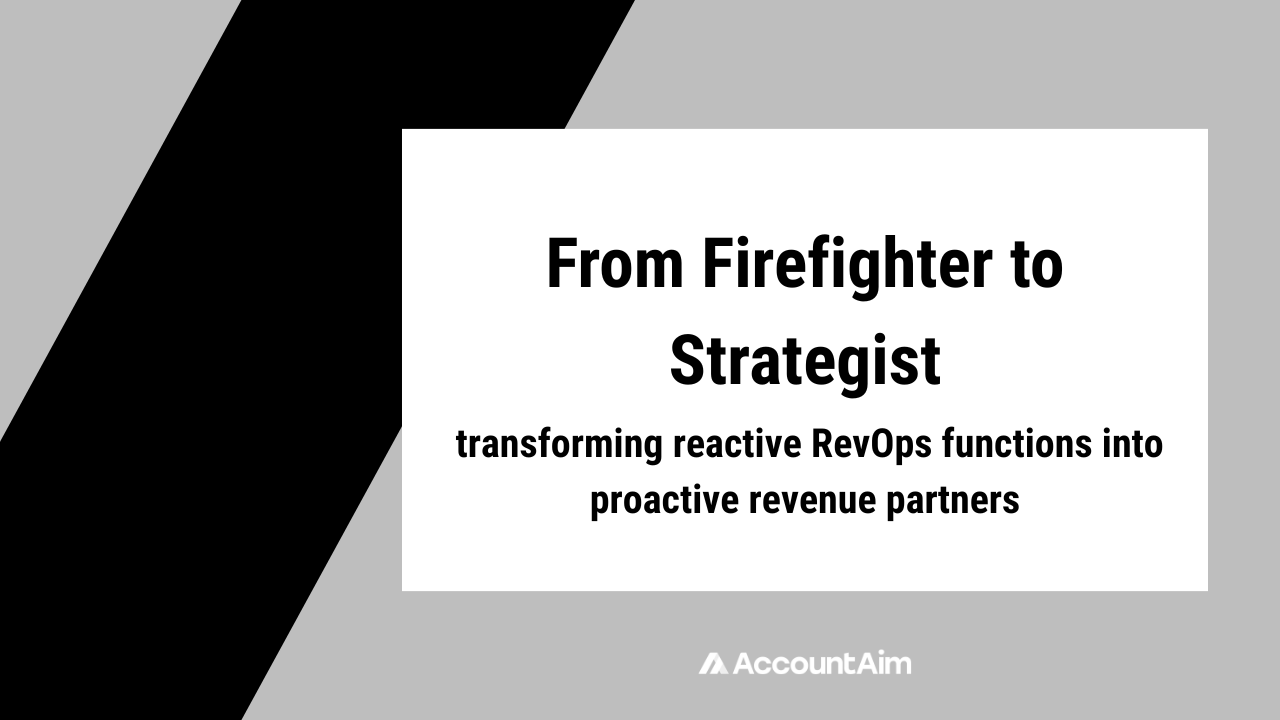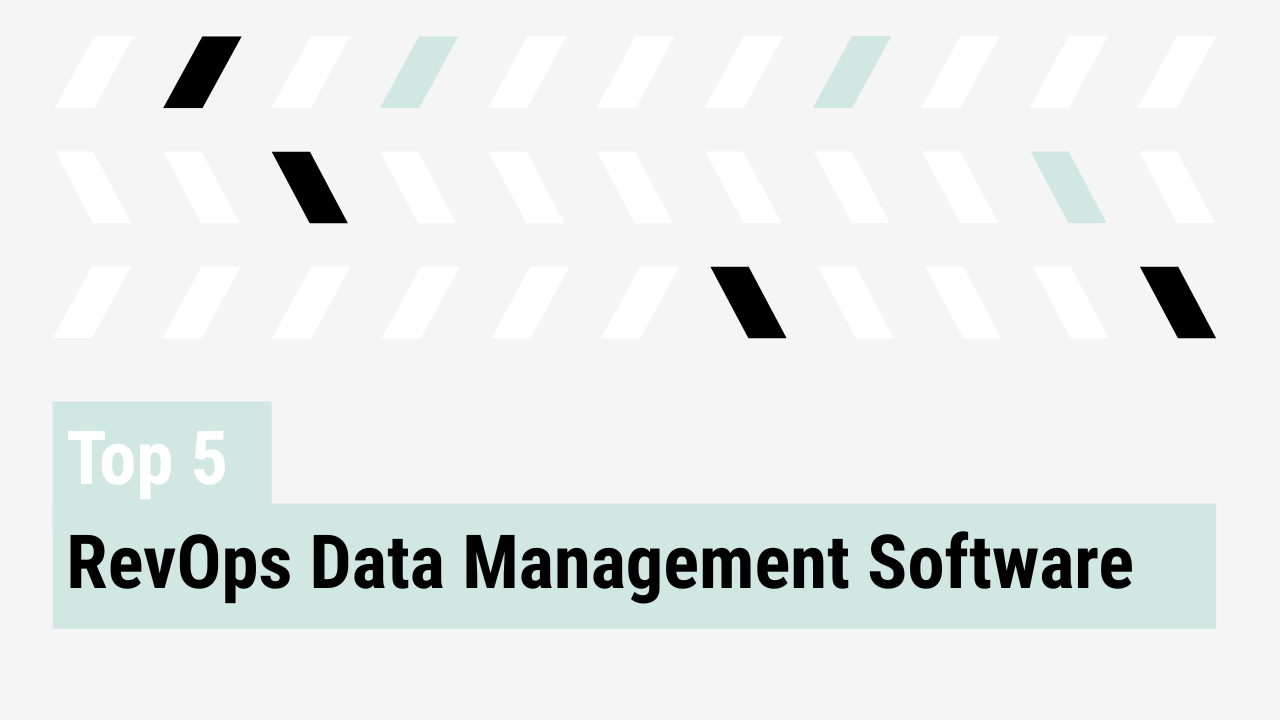A roadmap for transforming reactive RevOps functions into proactive revenue partners
Most organizations know the pain of reactive RevOps: constant firefighting of broken processes, inconsistent reports, and last-minute board requests. It keeps the function busy, but it doesn’t make it strategic. The next evolution is positioning RevOps as a strategist. Where RevOps is seen as a partner who helps leadership anticipate challenges, allocate resources with confidence, and drive predictable growth.
The maturity curve of RevOps
RevOps maturity follows three stages:
- Reactive: Disconnected systems, manual reporting, lagging indicators. Teams scramble to answer questions instead of shaping decisions.
- Integrated: Metrics are standardized, automation reduces manual work, and cross-functional reporting starts to align GTM teams. Insights are better, but still largely descriptive.
- Predictive: RevOps operates as a strategic partner. Forecasts are trusted, leading indicators highlight risks early, and scenario planning shapes revenue strategy.
The pillars of proactive RevOps
Moving up the curve requires building strength across four areas:
- Data and insights
- Create a single source of truth for GTM data
- Focus on leading indicators and predictive analytics
- Improve sales forecasting accuracy to strengthen executive decision-making
- Processes and workflows
- Standardize lifecycle stages and handoffs across sales, marketing, and CS
- Define SLAs and feedback loops that keep accountability clear
- Establish operating rhythms such as monthly funnel reviews and quarterly demand councils
- Technology and automation
- Eliminate manual data wrangling with RevOps dashboard automation
- Prioritize integrated tools that enable strategy, not just tasks
- Free bandwidth for analysis by automating repeatable workflows
- Alignment and leadership
- Tie RevOps goals directly to company-level KPIs
- Break down silos by embedding accountability across the GTM team
- Elevate the function through strategic RevOps leadership at the executive table
Signs you are stuck in firefighting mode
If the following sound familiar, the team is still operating reactively:
- Conflicting reports between GTM functions
- Leadership relying more on intuition than insights
- Manual board decks and delayed reporting
- Forecasts without credibility or scenario options
The roadmap to becoming a strategist
Proactive RevOps is about foresight and leverage, not just more reporting. Leaders can accelerate the shift by:
- Tracking leading indicators to anticipate market or pipeline changes
- Institutionalizing alignment rituals such as cross-functional councils
- Building scenario planning into forecasts to give executives options, not guesses
- Establishing data standards that build trust across the organization
- Refining processes to keep pace with change
The strategist seat
RevOps becomes indispensable when it stops reacting to problems and starts shaping outcomes. By evolving from firefighter to strategist, the function drives foresight, predictability, and confidence across the business.
For RevOps and GTM leaders, this shift transforms the role from tactical support to strategic growth partner.



